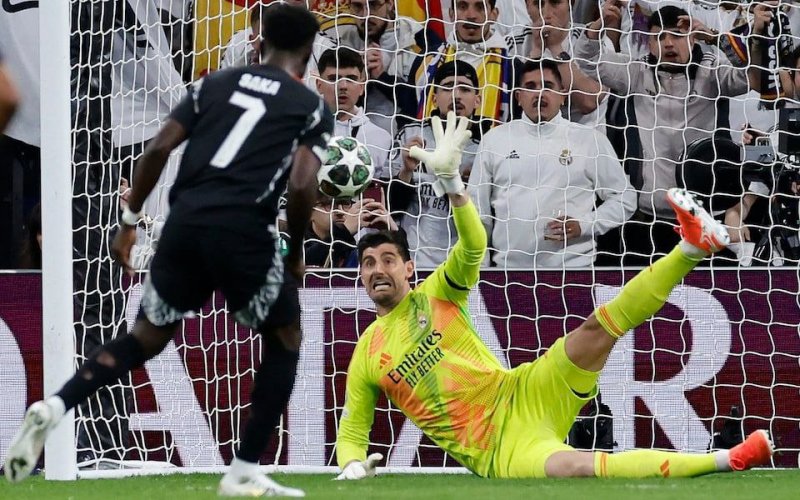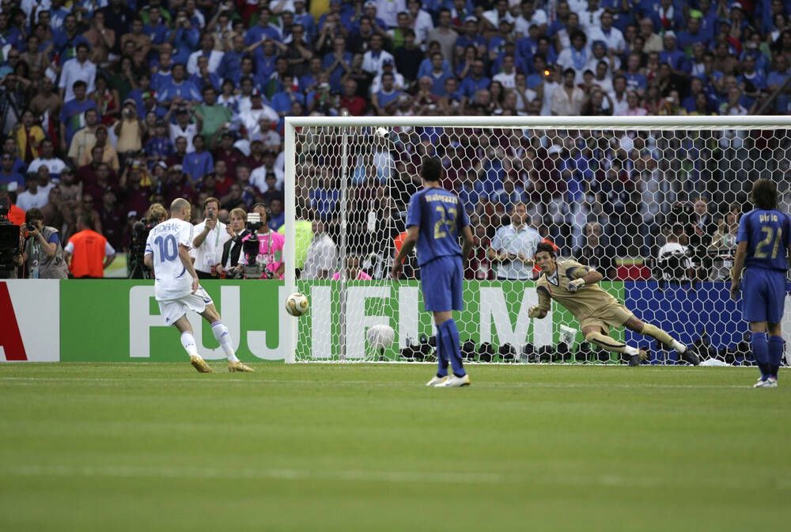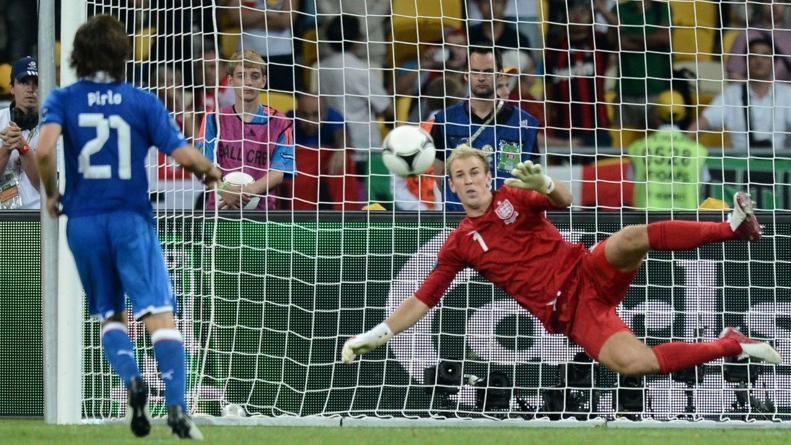From Genius to Foolish Display: Say Goodbye to the Panenka Penalty!
The Panenka or chip penalty is highly risky, and players should avoid using it.

According to “Varzesh3,” Bukayo Saka’s mistake is the latest example showing that this reckless style in football should not see its 50th anniversary! Nearly 49 years have passed since Antonín Panenka brought the European Championship to Czechoslovakia with an exceptional penalty. After Uli Hoeneß, the star of the German national team, missed his penalty in the 1976 final, Panenka knew that scoring would make his team champions.
He ran toward the ball, and Sepp Maier, the German goalkeeper who expected the ball to be shot to one of the corners, dived to the left. But Panenka, without hesitation, chipped the ball softly into the center of the goal; the ball passed over Maier’s outstretched body. This penalty was so bold, dramatic, and decisive that it became known by its inventor’s name. Since then, the “Panenka” has been recognized as the ultimate symbol of showmanship in football.
This view may seem pessimistic, but the reality is that we should hope this style of penalty is abandoned before its 50th anniversary next June. Because this style no longer represents genius but has become a tool for social media showboating—not a path to victory through brilliance but a high-risk move that sometimes harms team objectives with a display of pointless narcissism.
It’s not that Saka’s missed penalty eliminated Arsenal in Wednesday night’s match against Real Madrid. Arsenal’s lead was so decisive that the missed penalty had no effect. However, Mikel Arteta, the team’s coach, jokingly said he wanted to slap his young player at halftime. Saka’s team was leading 3-0 on aggregate, had an early penalty, and had the chance to demoralize Real Madrid from the start and end this Champions League stage early. But Saka risked everything with a failed Panenka.
Ultimately, Arsenal won, and Saka managed to partially redeem himself with a beautiful goal in the second half, chipping perfectly past Thibaut Courtois—something he couldn’t do an hour earlier with the penalty.
But the difference is this: in the second goal scene, the goalkeeper had rushed out, and the chip was the only option. But with the penalty, Saka could have blasted the ball into the corner as usual. This is the problem with Panenka penalties: a penalty itself is already a high-pressure, high-risk situation. All the pressure is on the taker. If they miss, they can ruin the entire result. Meanwhile, the goalkeeper either becomes a hero or isn’t blamed if they concede. Therefore, adding extra risk with such a dangerous shot is completely unnecessary. Something that only looks appealing on Instagram and X when it succeeds—but when it fails, it’s a disaster.
Over the years, failed Panenkas have been as frequent as successful ones. Of course, we’ve had some extraordinary examples, like Zinedine Zidane chipping the ball over Gianluigi Buffon in the 2006 World Cup final, or Eden Hazard keeping his team alive in the 2019 League Cup final against Manchester City. Or, most beautifully, Andrea Pirlo in Euro 2012, floating the ball over Joe Hart in a unique way, barely reaching the net while the goalkeeper lay in the corner.

But alongside Pirlo’s audacity, there have been major failures. Gary Lineker in 1992, when he could have matched Bobby Charlton’s England scoring record against Brazil, hit his penalty so weakly it gently rolled into the goalkeeper’s hands. Or Ademola Lookman, who in a 2020 match against West Ham tried to equalize with the last kick of the game, but his effort was so weak and laughable it was easily saved. Or Raheem Sterling, who in 2019 sent a Panenka-style penalty wide!

The Panenka has no middle ground: it’s either glorious or foolish, dazzling or frustrating. Interestingly, professional penalty-takers like Bruno Fernandes and Mohamed Salah never use it. Even Ivan Toney, a penalty specialist, despite taking only two steps, deceives the goalkeeper with his eyes and sometimes doesn’t even look at the ball—yet he always blasts it into a corner. For him, there’s no joking; the job must be done.
Saka is an exceptional player whose skill, charm, and energy bring modern football to life. But after Wednesday night’s experience, he may join the group of players who no longer wish to see the Panenka reach its 50th birthday.